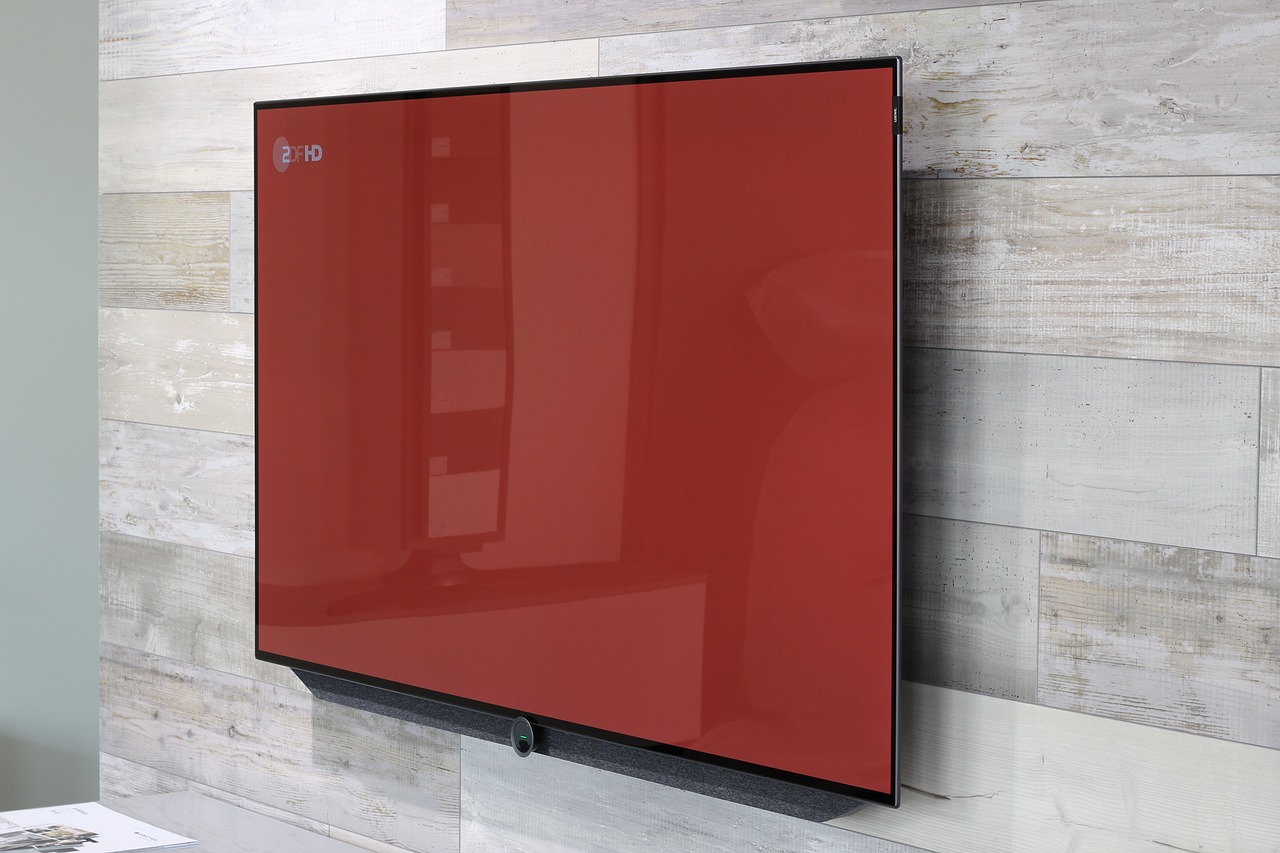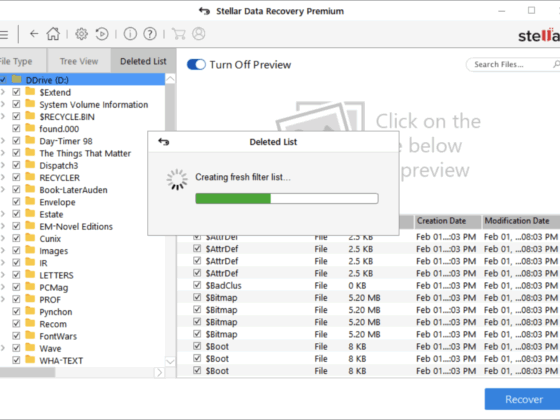
The widespread use and popularity of consuming media using connected devices is an ever-expanding phenomenon, with over 80 percent of US households having at least a single TV connected to the internet. This staggering number can be attributed to the wide number of devices that fall into the CTV category, such as gaming consoles, smart televisions, and streaming boxes and sticks like Roku and Apple TV. With such a large potential audience, it’s more important than ever for companies to understand and correctly utilize CTV measurement and attribution to reach their highest potential within their industries.
What Are Measurement and Attribution?
Measurement and attribution are a form of CTV analytics, allowing an advertising agency or product/service supplying company to directly measure CTV ads performance by using a variety of KPIs (Key Performance Indicators). Attribution focuses on specific areas or touchpoints that a user interacts with along the way to making a purchase or engaging with a service. Examples of these touchpoints include social media, search engine results, and email campaigns. By looking at the big picture through the lens of these touchpoints, it’s possible to observe patterns in user engagement, allowing for more informed focus and spending to enhance sales.
CTV can provide a large depth of data to analyze, which could easily be seen as confusing noise without a way of sifting through it all; this is where KPIs come in. By measuring factors like return on ad spend (ROAS), companies are able to quickly evaluate the broad effectiveness of an ad campaign, although this needs to be balanced by other KPIs to ensure an increase isn’t the result of another external factor. An example of this is the COVID lockdowns. If you are a company that sells loungewear and have invested in a higher ad budget, are your sales increasing because your ads are being successful or because the wider situation has driven consumer spending to your door? Realistically, it will be a mixture of factors, which is why connected TV measurement is important to establish how much of an impact your ads are having on your overall sales performance.
To do this, a KPI, such as return on investment (ROI), can be used as it takes a broader look at all operational costs. This metric can give a more detailed picture of CTV ad performance; however, it takes time to accumulate and evaluate the necessary data, meaning a more balanced approach is best. By using a mixture of KPIs that provide short, medium, and long-term feedback, a company is able to more accurately plan and adjust its marketing strategy to be more dynamically competitive and grow its market share.
It must be noted, by the nature of television watching, CTV measurements are best seen as a ‘household’ rather than a single user. This is because a single account and device can be used by multiple members within that household, each with different preferences and spending habits.
Conclusion
With 39% of US adults watching video via a connected TV every day, and 60% watching video this way at least once a week, the CTV audience is too large not to be acknowledged. By directing ads towards this consumer base and applying thorough measurement and attribution to those ads, the potential to increase sales is truly staggering. Technology has advanced at a rapid pace for both consumers and enterprises, leading to large jumps in quality of life and innovation, including increasing the rate at which we live our lives. The speed at which feedback is received through modern mediums allows today’s advertisers to adjust strategy mid-campaign in order to maximize conversion rates.







